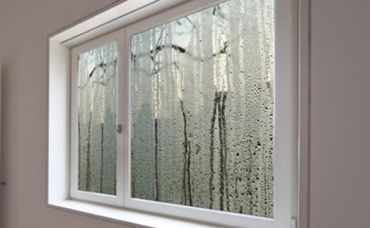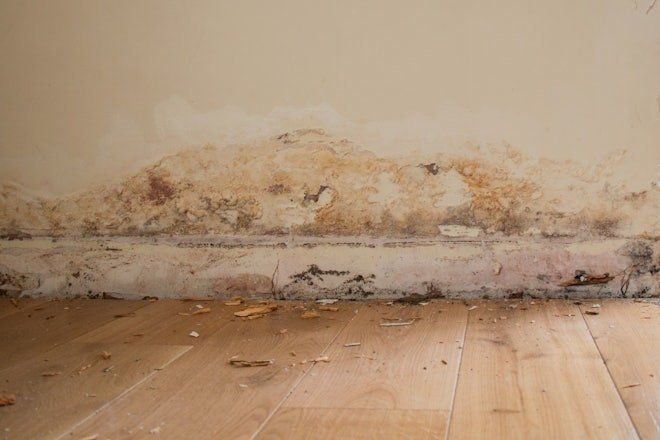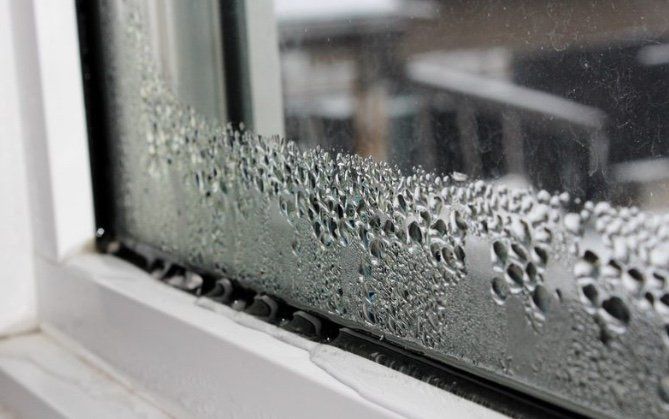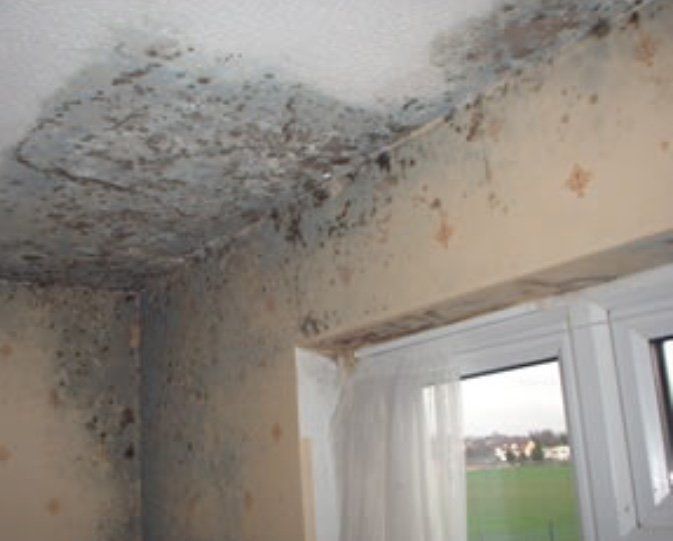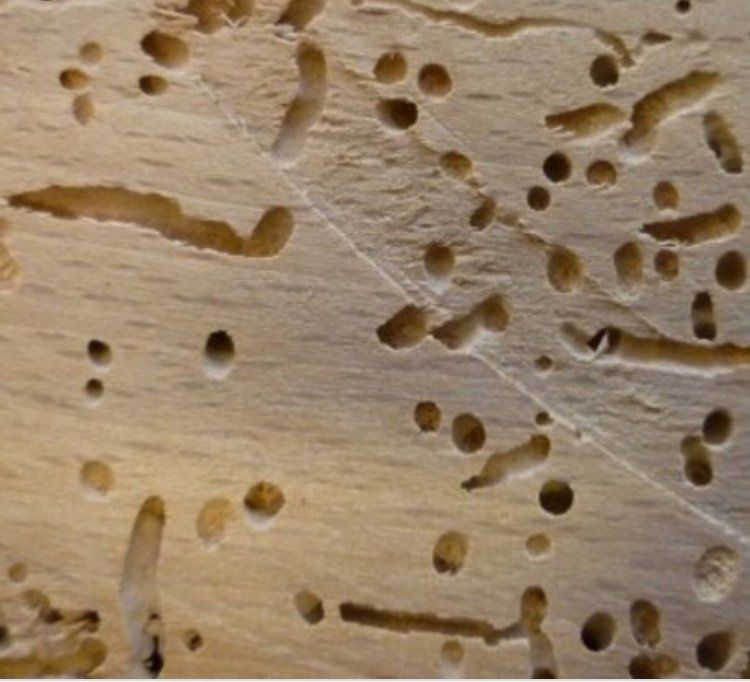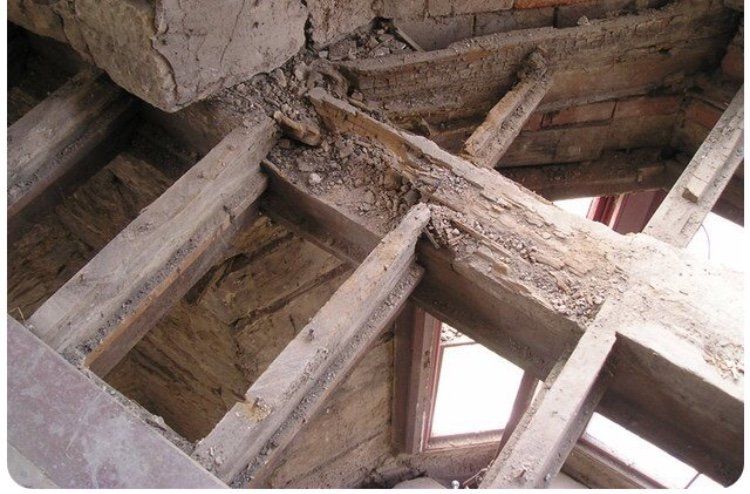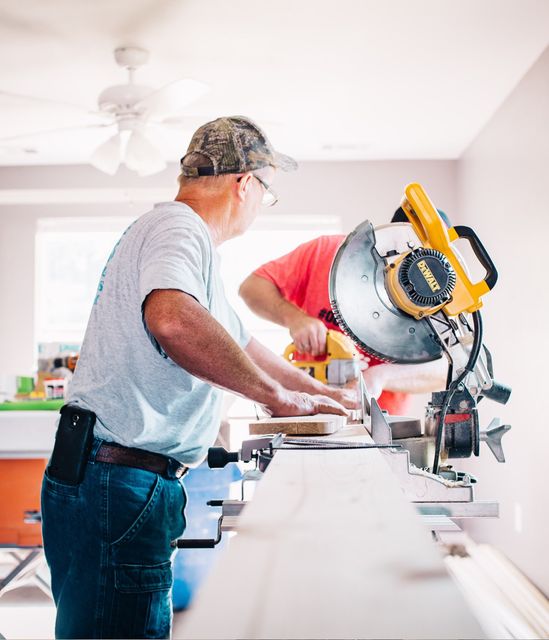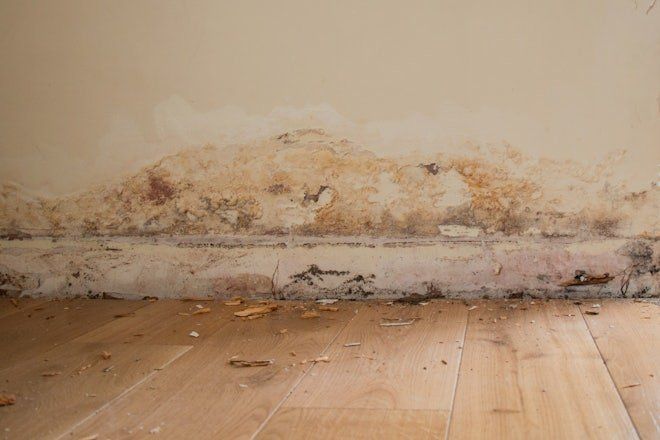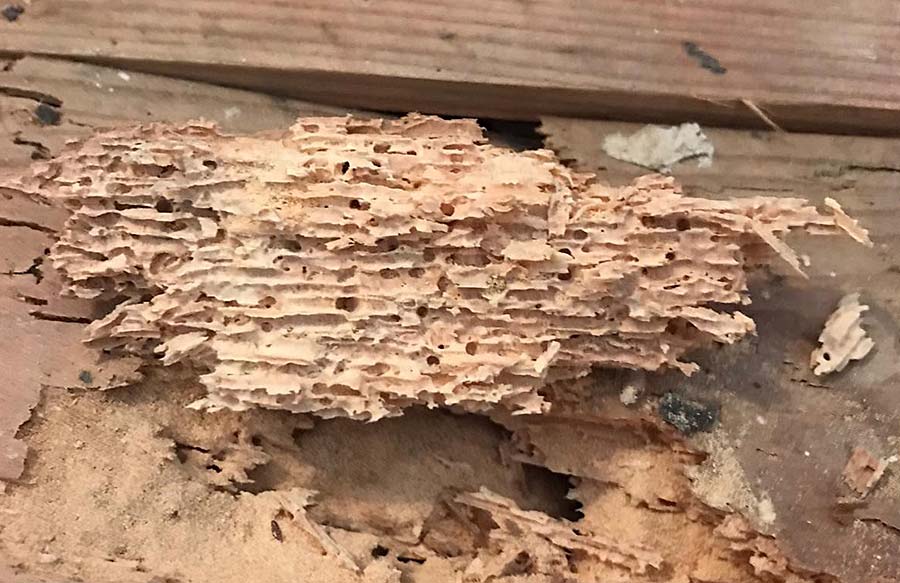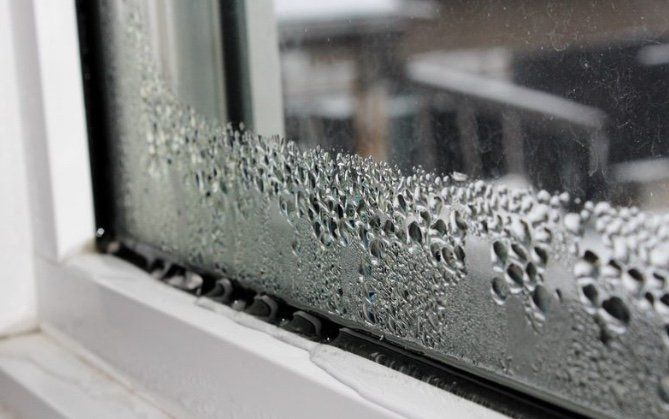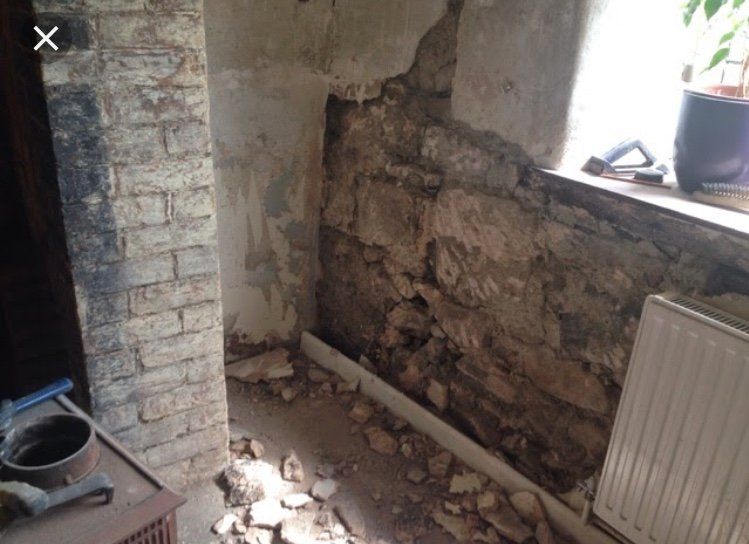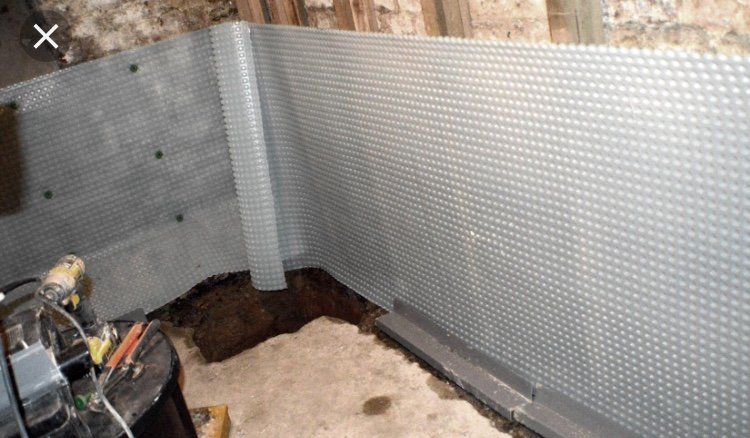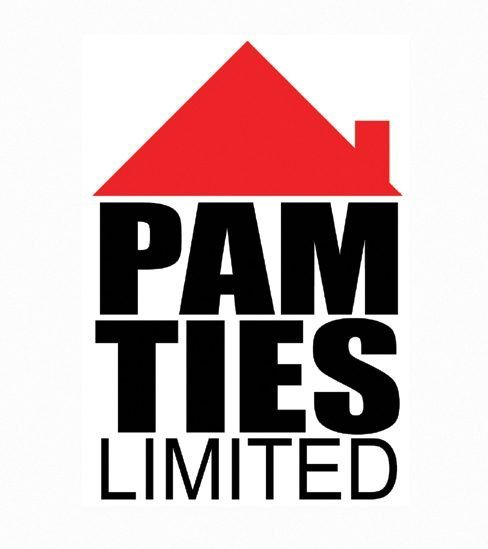Dry rot
Dry rot (Serpula lacrymans) is a wood-destroying fungus that is found in most parts of the world. Although it affects forest timbers, dry rot is best known for its ability to destroy timbers in ships and buildings.
Identification of Dry Rot
It is important to identify whether timber decay has been caused by dry rot or another wood-destroying fungus such as one of the wet rots. This is because dry rot has the ability to travel through building materials other than timber, giving outbreaks the potential to spread quickly through a building. For this reason additional measures (e.g. masonry sterilisation) often have to be taken when treating dry rot outbreaks over and above those necessary when dealing with outbreaks of other wood-rotting fungi.
Typical indications of dry rot include:
• Wood shrinks, darkens and cracks in a ‘cuboidal’ manner (see picture)
• A silky grey to mushroom coloured skin frequently tinged with patches of lilac and yellow often develops under less humid conditions. This ‘skin’ can be peeled like a mushroom.
• White, fluffy ‘cottonwool’ mycelium develops under humid conditions. ‘Teardrops’ may develop on the growth.
• Strands develop in the mycelium; these are brittle and when dry and crack when bent.
• Fruiting bodies are a soft, fleshy pancake or bracket with an orange-ochre surface. The surface has wide pores.
• Rust red coloured spore dust frequentky seen around fruiting bodies.
• Active decay produces a musty, damp odour.
Dry rot can cause widespread structural damage. We recommend that a professional timber treatment company is called in to carry out a survey if dry rot is suspected. If you suspect dry rot, please contact our technical department on 07840271942 or submit an enquiry and we will be happy to arrange for an experienced timber treatment expert to contact you.
Wet rot
Wet rot grows on porous surfaces such as timber where there is moisture content of at least 50%. Wet rot can often lead to major structural damage if it is left to grow unchecked as it can weaken timber.
Moisture content this high often is a result of defective plumbing, gutters, downpipes or stone pointing. If you spot a defective pipe then it is worth checking out your property to ensure there are no signs of growth. Fortunately, wet rot does not spread through masonry and the growth of wet rot will cease when the moisture is removed.
DIFFERENCES IN APPEARANCE
Wet rot identification:
• Look out for black fungus growing on timber.
• It will feel soft and spongy and likely darker than surrounding timber.
• If it has dried out it will easily crack and crumble into fine pieces.
Dry rot identification:
• The timber will be brown in colour and will easily crumble in your hand.
• There could be silky white sheets.
• There could be a 'fruiting body' growing on the timber.


